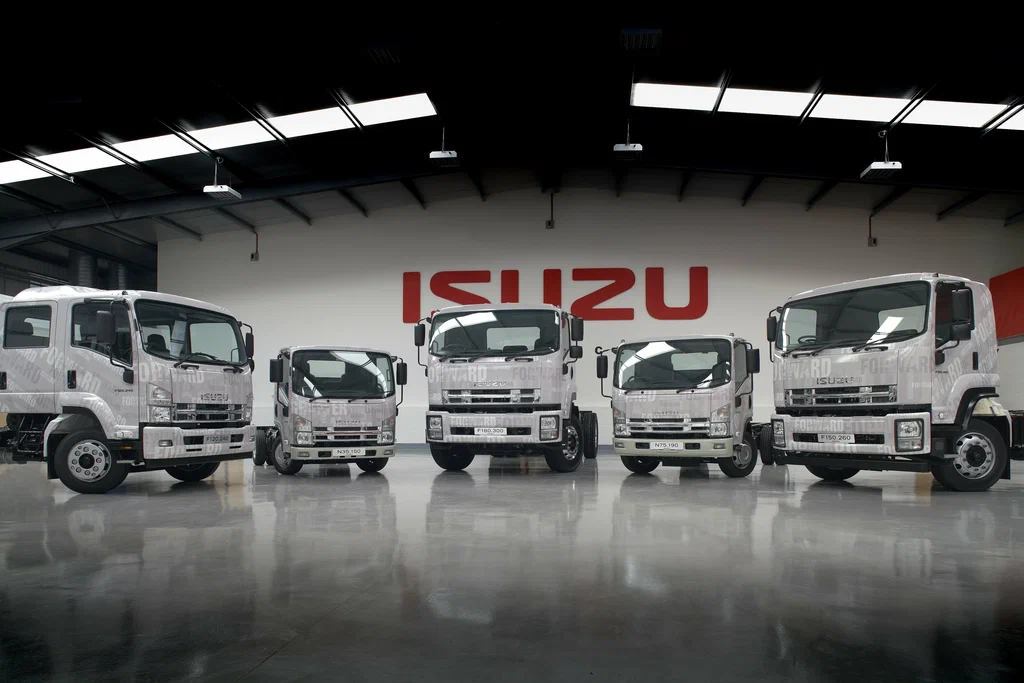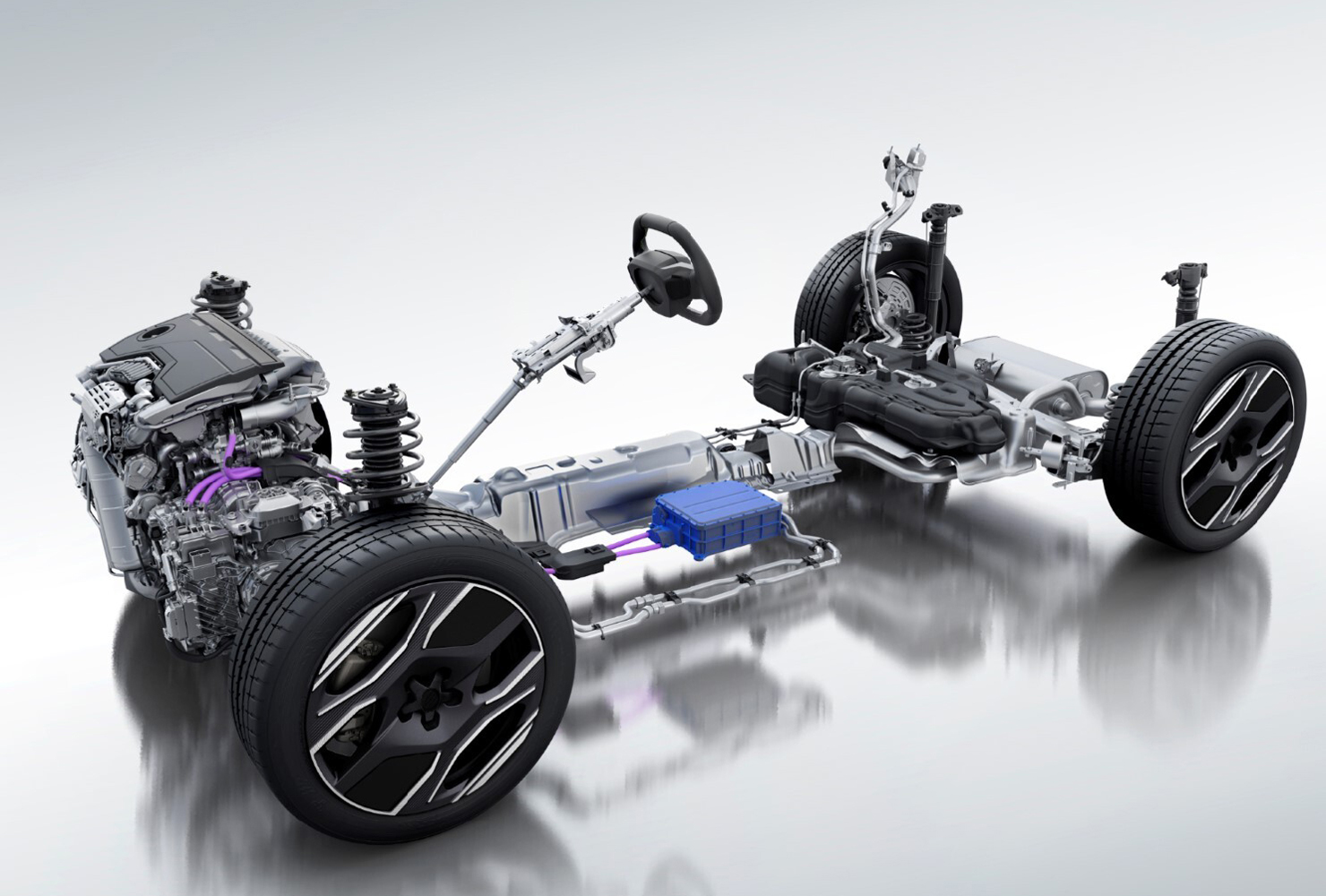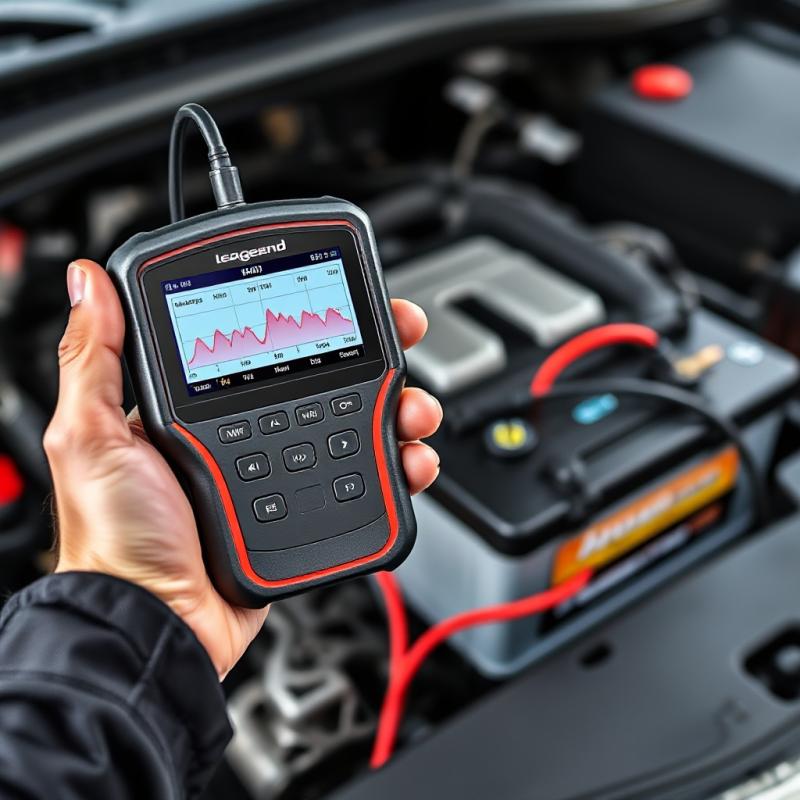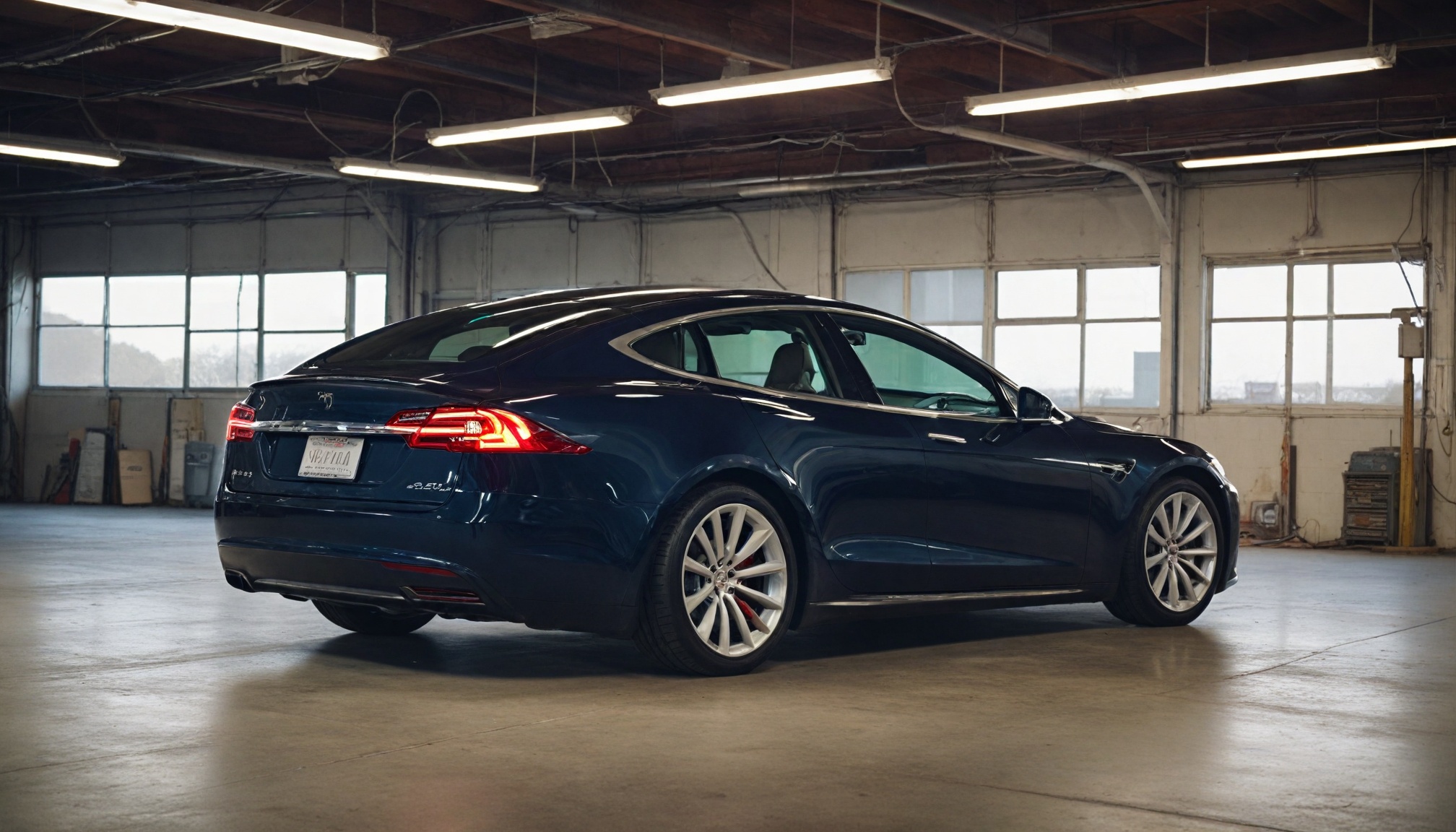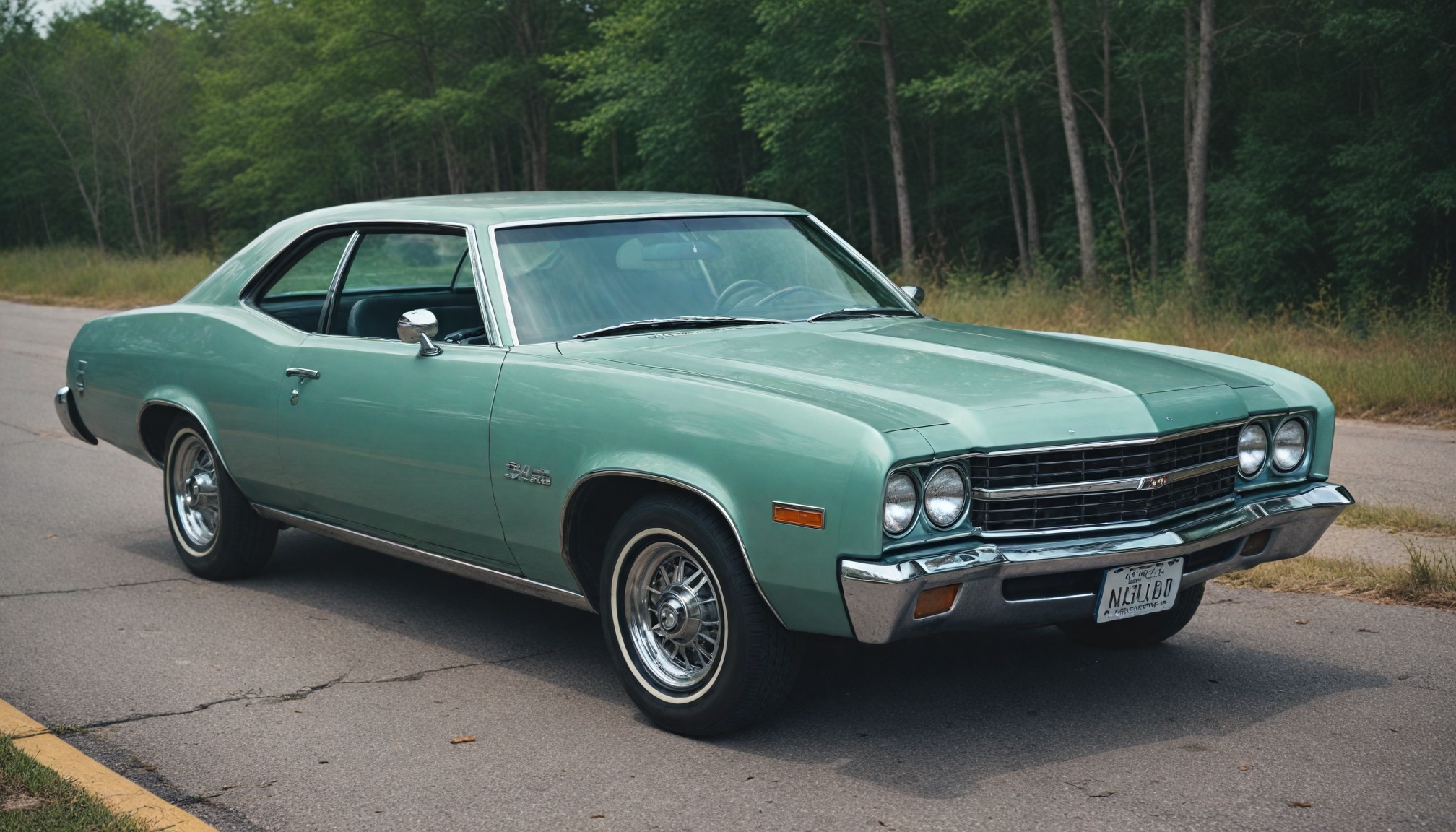
GM requires software updates within 45 days or risks warranty voids—introducing digital maintenance as essential for modern vehicles alongside traditional upkeep.

Drivetech Partners
Modern vehicles have evolved into sophisticated software platforms on wheels, with General Motors now requiring owners to install over-the-air updates within 45 days of release or risk voiding their warranty coverage for issues that could have been prevented. This policy fundamentally transforms the vehicle ownership experience by establishing "digital maintenance" as an essential responsibility alongside traditional mechanical upkeep, creating a new paradigm where skipping software updates can have serious financial consequences.
Key Takeaways
GM requires over-the-air (OTA) updates to be installed within 45 days to maintain full warranty coverage
The policy introduces digital maintenance as a critical component of vehicle ownership alongside traditional mechanical upkeep
Damage resulting from outdated software may not be covered by warranty, creating financial risk for vehicle owners
This requirement applies to all four GM brands in the US: Chevrolet, Buick, GMC, and Cadillac
The policy signals a broader industry shift that's likely to extend beyond GM to other manufacturers

The New Digital Maintenance Mandate
General Motors has established a clear policy requiring owners to install all over-the-air software updates within 45 days of their release. This requirement isn't merely a suggestion—it's now a condition of maintaining full warranty coverage. The policy applies across GM's entire US lineup, including Chevrolet, Buick, GMC, and Cadillac vehicles.
According to the Chevrolet 2025 warranty booklet: "The owner is responsible for ensuring all Chevrolet-provided Over-the-Air software updates are installed within 45 days of software availability to the vehicle. Damage resulting from failure to install Over-the-Air software updates is not covered."
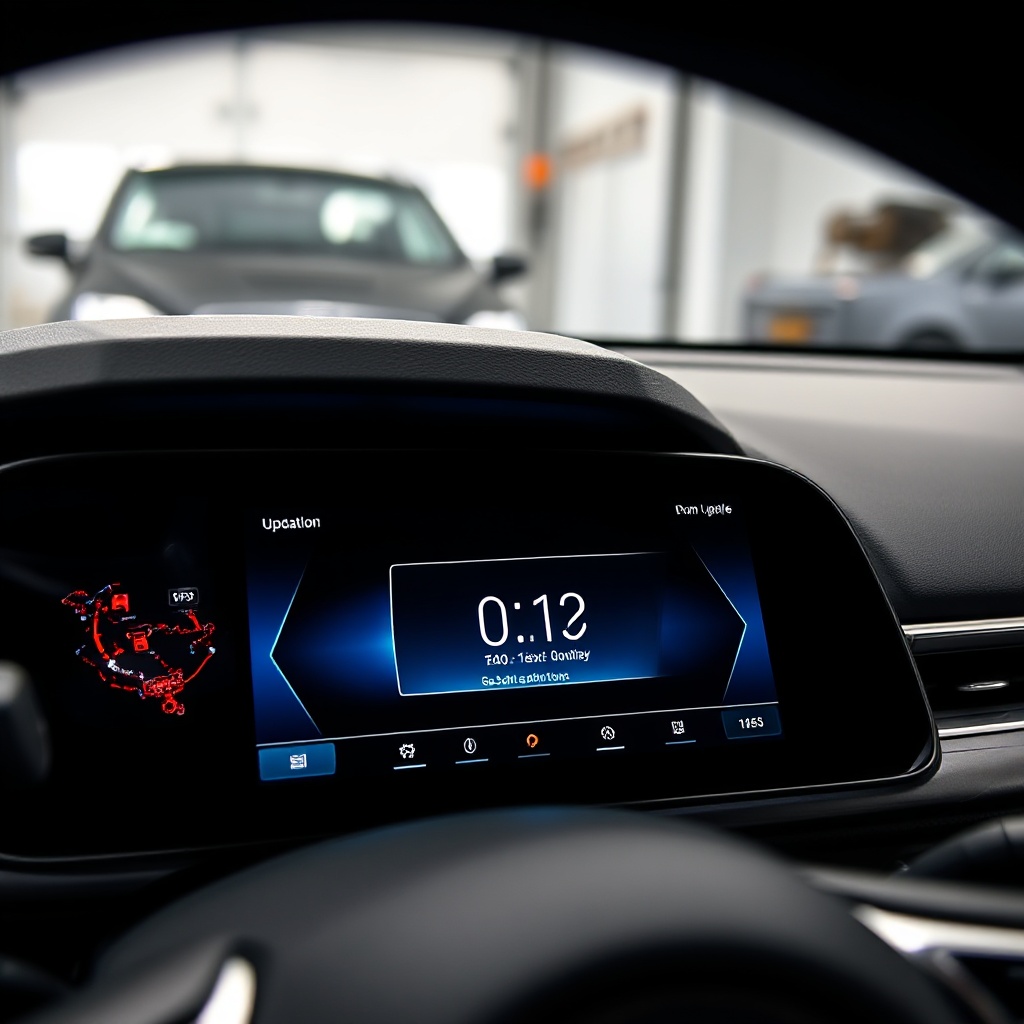
These updates are typically pushed through the vehicle's built-in cellular connection, with installation prompts appearing on the car's infotainment system. While GM will deny coverage for issues that could have been prevented by timely updates, there are important limitations to this policy:
Damage caused by an OTA update itself remains covered: "If an Over-the-Air software update causes damage to the vehicle, that damage will be covered for the applicable warranty coverage period"
Unrelated defects (like upholstery issues or mechanical parts not affected by software) remain covered regardless of update status
Only damage directly preventable by timely software updates can be excluded from warranty coverage
How Digital Neglect Creates Financial Risk
Repeatedly ignoring update notifications creates direct and significant financial exposure for vehicle owners. GM has reported a $300 million year-over-year increase in warranty expenses, highlighting the company's motivation to address software-related issues promptly. Their newer software architectures have reportedly reduced software-related warranty costs by 25% for recent models.
The concept of "digital neglect" now joins traditional maintenance negligence as grounds for warranty exclusion. Consider this practical example: outdated software could potentially cause preventable battery degradation in electric vehicles. If an owner postpones software updates that would have prevented this degradation, the resulting expensive repairs might fall entirely on the owner rather than being covered under warranty.
This financial risk extends beyond the immediate repair costs. Persistent software delays could potentially affect resale value and vehicle performance, creating cascading costs for owners who don't keep up with digital maintenance requirements.
The Evolving Definition of Vehicle Maintenance
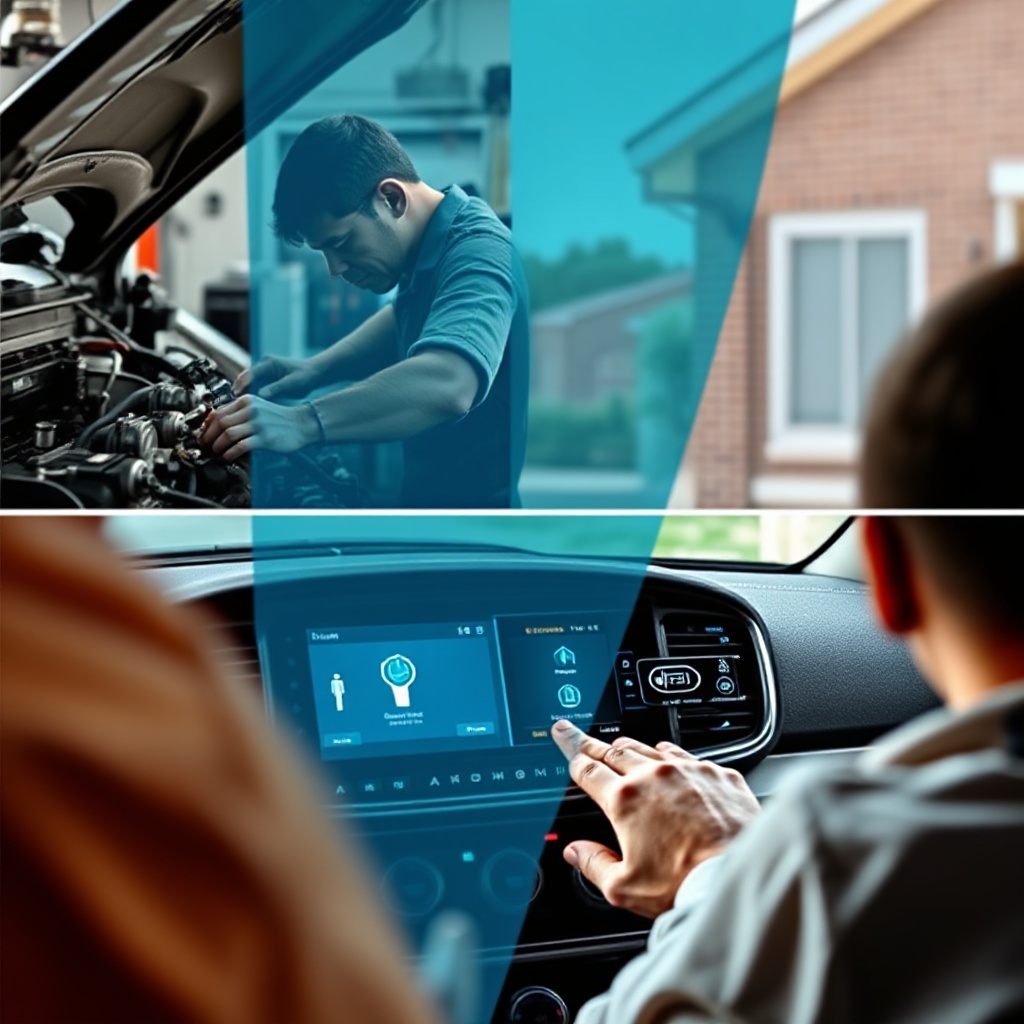
The rise of software updates has introduced a new dimension of required "digital maintenance" that fundamentally changes what it means to properly maintain a vehicle. Owner responsibilities now extend beyond traditional tasks like oil changes, tire rotations, and brake inspections to include ensuring software is current and compliant.
This shift reflects the changing nature of vehicles themselves, which are transitioning from purely mechanical machines to sophisticated electronic devices requiring regular patches and updates. Missing software updates is increasingly viewed as analogous to neglecting a mechanical recall—both potentially compromise vehicle safety and function.
For car owners, this means adapting to a maintenance mindset that parallels how we maintain other connected devices:
Setting aside time for updates to install completely
Ensuring the vehicle has reliable internet connectivity
Responding promptly to update notifications
Understanding that software maintenance is now as important as mechanical maintenance
Cybersecurity Concerns vs. Manufacturer Requirements
Many car owners express valid concerns about the cybersecurity implications of regularly updating vehicle software. Some fear new software might destabilize existing vehicle functions or introduce vulnerabilities. Others worry about privacy implications or the potential for unwanted feature changes.
These concerns create tension between cautious owners and manufacturer requirements. While owners may hesitate to update immediately, manufacturers view these updates as essential security patches that protect vehicle systems from known exploits. Ironically, delaying updates intended to improve security can actually leave vehicles more vulnerable to cybersecurity threats.
This tension highlights the need for better communication between manufacturers and owners about the purpose and importance of specific updates, particularly those addressing critical security issues versus those adding new features or making minor improvements.
Impact on Vehicle Longevity and Obsolescence
Ignoring OTA updates could accelerate what might be called "digital obsolescence" – a situation where vehicles age out due to software/hardware incompatibility rather than mechanical wear. Cars with persistent missed updates become vulnerable to cybersecurity threats and software bugs, while also missing out on new features and performance improvements.
This new requirement fundamentally changes the economics of long-term vehicle ownership. Historically, a well-maintained vehicle could last decades with proper mechanical care. Now, the useful life of a vehicle may be limited by how long the manufacturer provides software support and how diligently owners maintain digital compliance.
This raises important questions about support duration for older models as technology advances. Will manufacturers continue providing critical updates for vehicles 10+ years old? Will hardware eventually become incompatible with newer software? These questions remain largely unanswered but will shape the future value proposition of vehicle ownership.
The Broader Industry Shift and Future Implications
GM's policy signals a broader trend that will likely spread across other car manufacturers. As vehicles become increasingly software-dependent, more automakers will likely adopt similar requirements linking warranty coverage to software compliance. This industry-wide shift raises fundamental questions about digital maintenance responsibilities in the connected car era.
Looking ahead, the implications of this trend include:
Future vehicles featuring even more software-dependent systems
Potential development of industry standards around software update requirements
New consumer protection regulations addressing digital maintenance
Modified vehicle purchase and lease agreements to explicitly address software compliance
Possible third-party solutions to help owners manage update requirements
Consumer Rights and Responsibilities in the Connected Car Era
Car owners must now balance convenience against warranty protection when managing software updates. This raises questions about whether manufacturers provide sufficient notification of both update availability and the potential consequences of delaying installation.
The responsibility now falls on owners to maintain stable internet connections for their vehicles and to understand the importance of software updates. This parallels how we maintain smartphones and other connected devices, but represents a significant shift for an industry traditionally focused on mechanical reliability.
Consumer education will be crucial in this transition. Many car buyers may not fully understand that purchasing a modern vehicle now includes ongoing digital maintenance requirements. Consumer advocacy groups may need to address these shifting responsibilities and ensure that manufacturers implement these policies fairly and transparently.
As vehicles continue evolving into software platforms on wheels, both manufacturers and owners will need to develop new norms and expectations around digital maintenance. What's clear is that the days of purely mechanical vehicle maintenance are behind us, and digital upkeep is now an essential part of responsible vehicle ownership.
Sources
The Autopian - GM Might Void Your Warranty If You Keep Delaying Over-The-Air Updates
AOL - Own a GM Vehicle? Waiting to Install Updates Could Void Your Warranty
GM Authority - This Little-Known Reason Is Why You Shouldn't Ignore GM Over-The-Air Updates
Slashdot - Skipping Over-The-Air Car Updates Could Be Costly
Jalopnik - Delaying Over-The-Air Updates Could Void Warranty Coverage
Car and Driver - Over-The-Air Software Update Problem GM Warranty Details
